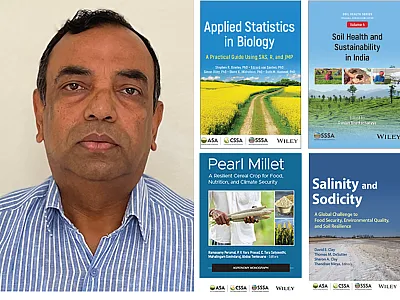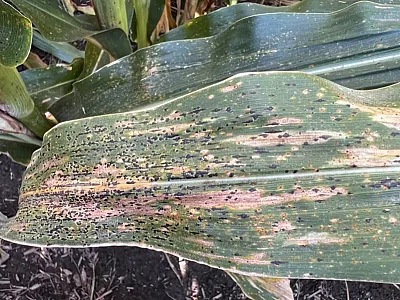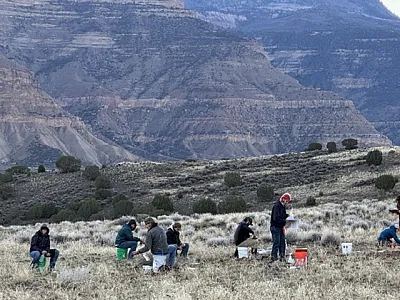Federally funded research: A good investment
Stakeholders share stories about how farmers benefit
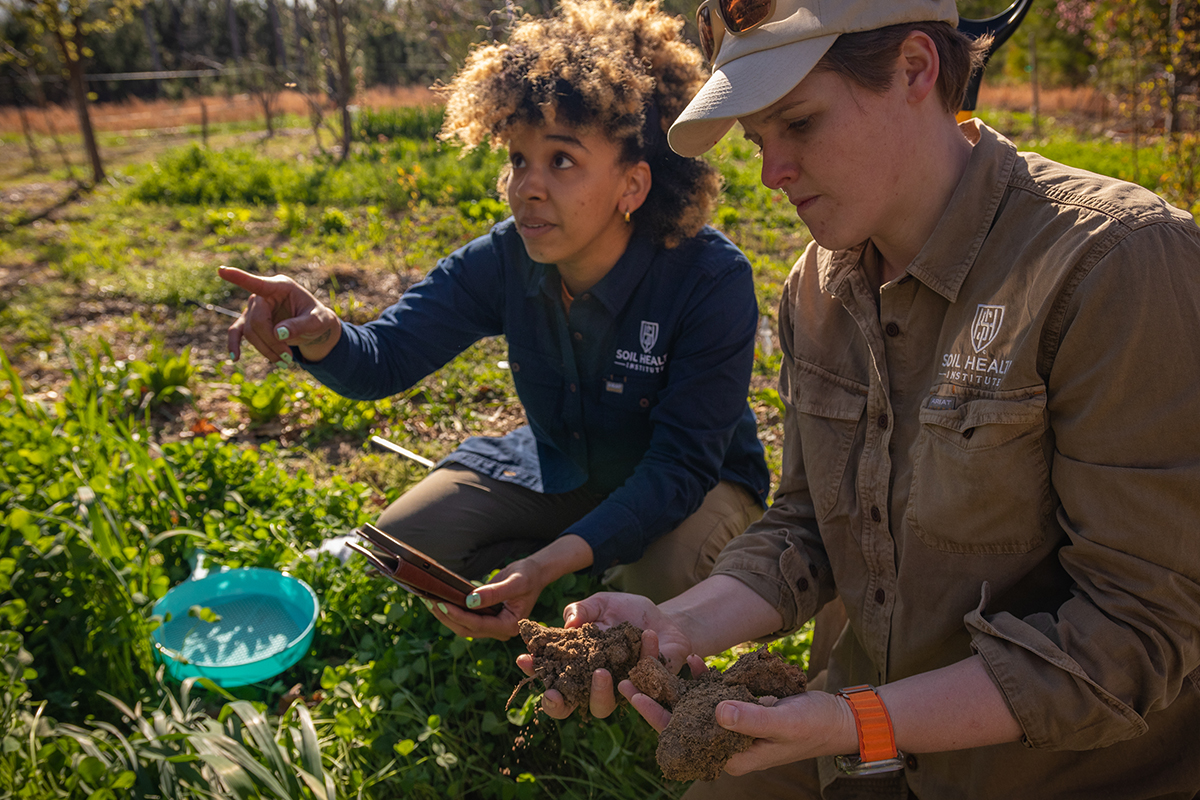
Federal funding from institutions like the USDA enables countless services to researchers and stakeholders alike. In the beginning of 2025, however, federal departments faced widespread efforts to reorganize staff, limit spending, and freeze or even terminate grants that had been distributed to public researchers. As Congress debates funding for American ag, members and associates of the Societies raise stories highlighting the importance of federal science funding, not just for research, but for farmers themselves.
Federal funding from institutions like the USDA enables countless services to researchers and stakeholders alike. In the beginning of 2025, however, federal departments faced widespread efforts to reorganize staff, limit spending, and freeze or even terminate grants that had been distributed to public researchers. As Congress debates funding for American ag, members and associates of the Societies raise stories highlighting the importance of federal science funding, not just for research, but for farmers themselves.
Local, affordable guidelines for healthy soil and hearty crops
Dianna Bagnall is a soil scientist and program director of the Soil Health Institute (SHI), a 501(c)(3) nonprofit that uses scientific research and advancement to “safeguard and enhance the vitality of soil and the productivity of soil.”
Healthy soils have many reported environmental benefits: They can store carbon and reduce greenhouse gas emissions, improve water quality, and provide habitats for pollinators. They can even benefit farms by increasing crop yield and resilience, improving nutrient availability for crops, and decreasing risks of plant disease.

Despite this, management practices that keep soil health in mind aren’t as widespread as conventional farm practices. For example, SHI reports that less than 5% of cropland in the United States is managed using cover crops (crops that are planted between cash crop seasons for ground cover and other soil health benefits).
To convince growers to adopt these environmental practices, SHI has a comprehensive strategy that goes beyond publishing scientifically sound, peer-reviewed studies. Bagnall describes SHI’s initiatives as twofold:
1. Economically sound
In addition to environmental benefits, management practices need to be profitable. One way that SHI proves affordability is through creating regional economic fact sheets. These fact sheets, tailored to specific regions and crops, showcase +150 successful growers who’ve adopted SHI’s sustainable soil practices across the United States and Canada.
2. Locally relevant, benchmarked for quality
“When we think about the benefits [of soil health], we as scientists think about how we can support that decision for the grower in a way that makes sense for their operation,” Bagnall says. “We know that that's always going to be a local choice. And if we want to ask growers to improve their soil health, it's fair that they'd be able to measure it.”
To effectively measure soil health, the team at SHI found an essential suite of cost-effective indicators that farmers can use to assess their land. By using these indicator values, growers should be able to see what healthy soil looks like for their region’s specific soil type and their farm’s crop rotations.
“We call that process soil health benchmarking,” she notes. “It's not really fair to ask a grower to have the same aggregate stability in Texas as it is in Iowa. And so, to really be fair to them, we want to provide regionally relevant indicator values for what good looks like.”

There are a lot of moving parts needed in order to research and implement healthy soil practices across the United States. In order to accomplish their goals, SHI needs funding to operate. The nonprofit gets paid by a variety of sources, ranging from corporations to federal institutions. “Certainly, the USDA has been a funding source we've had a really good relationship with,” Bagnall explains. “We've also worked with, for example, the Department of Energy to do some work on sensing technology that's come out of the ARPA-E program. Those are probably the two biggest buckets of federal funding that we've used in the past.”
Bagnall adds that the Foundation for Food & Agriculture Research (FFAR), which is not a federal government agency, but an independent, non-profit corporation created by Congress in the 2014 farm bill, is another source of funding for SHI.
Federal funding supports institutions that support growers. The Soil Health Institute is just one example of many on how federal funding for research projects contributes to the American agricultural industry.
Disease-resistant potatoes that save time and money
Beth Messier is a research associate in Colorado State University’s (CSU’s) Potato Breeding Program. She reported to the Societies that when her program’s USDA-NIFA funding was suspended at the beginning of this year, their work developing new potato lines halted.
The breeding program at CSU develops cutting-edge potato varieties designed to tolerate the biggest potato diseases. “We are breeding new varieties that are disease resistant, where other potato-breeding programs are just now worrying about certain diseases that we have been breeding against for 10 years,” Messier adds.
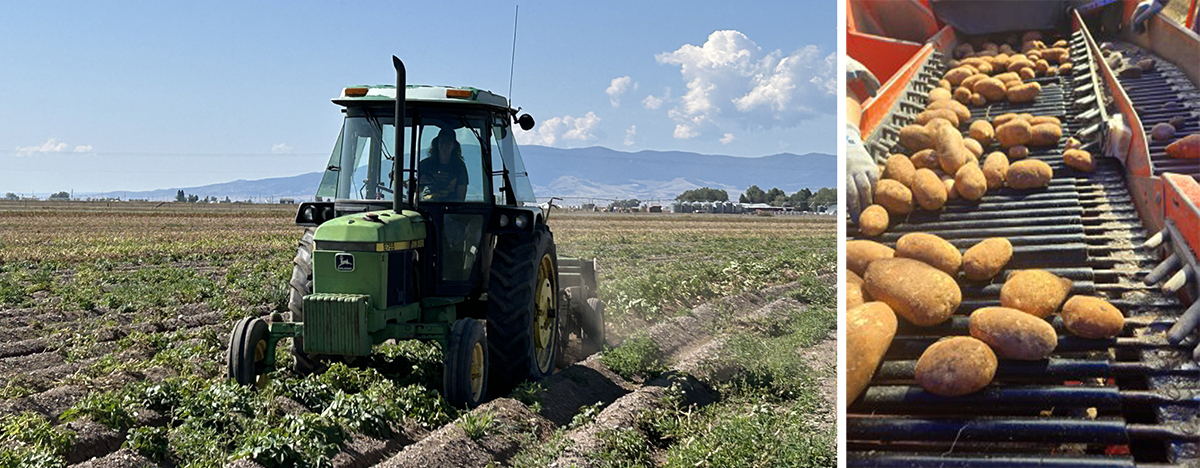
The group was meant to receive $600,000 in federal funds for potato variety development with the goal of releasing new varieties that each “net over $1,000,000” in addition to saving farmers “at least three trips on a tractor,” according to Messier. This research undeniably saves U.S. and Canadian potato farmers thousands.
Luckily, the researchers have been able to rely on some funding through CSU and smaller grants to be able to continue some work. This money got them through October, but the initial disruption caused hiring freezes and slowed productivity. For now, Messier hopes her group can reapply for more USDA funding to continue research in 2026. She says the largest impact on her currently is the fear surrounding job security.
Without this research, how would farmers be fairing?
“I suspect most consumers aren’t aware of scientific innovation’s importance because our food and ag systems have functioned so well for so long,” Bagnall notes.
There are challenges to working on a farm that Bagnall believes are improved by research. One example of this is the narrow profit margin many growers have.
"Farm innovation has allowed ... yield to go up. The reason that growers can continue to make a living is because they can make more and more yield. ... The necessity for innovation on farms is material to a grower's bottom line, every year.”
“If you look at crop yield over time, and crop price over time, you can see that crop price has probably been about the same [for decades],” she says. “I work mostly in cotton, and so I'd say it's about $0.70 a pound right now, and it hit that [price] for the first time in the 1970s. A long time, right?”
Even though in many cases crop prices have been flat over time, operation costs for farmers have been subject to inflation. So how have farmers stayed in business?
"Farm innovation has allowed ... yield to go up. The reason that growers can continue to make a living is because they can make more and more yield," Bagnall explains. "I would say the average person is likely not aware that that innovation, the necessity for innovation on farms, is material to a grower's bottom line, every year.”
Farmer incentives for sustainable agriculture
Emily Moose is the executive director of A Greener World (AGW), a 501(c)(3) nonprofit organization that certifies farms with practices like good animal welfare and regenerative agriculture. They provide farms, processors, and distributors with labels that convey high welfare standards and environmentally responsible farming practices to consumers.
“We work with around 6,000 farms across 3,000,000 acres all over the world,” Moose says. “[Certified Regenerative by A Greener World is] a really neat program because it works with farmers to set goals to meet a rigorous baseline but then also to continually improve on top of that.”

To operate, A Greener World accepts donations in addition to applying for grants.
“We are a nonprofit. We do charge a sum for the certification, but it does not cover our costs. We really try to make it as affordable for folks as possible so that no one is priced out of a meaningful third-party certification. … For instance, the Certified Animal Welfare Approved Program is quite heavily subsidized to ensure that it is accessible. The way that we do that is by fundraising, grants, individuals, and foundations.”
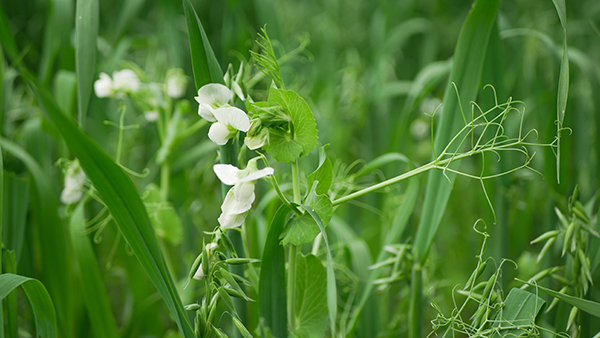
One source of that funding was a USDA Climate Smart grant—the first ever federal grant awarded to A Greener World. Moose says that her team was initially awarded this money to research and incentivize sustainable soil health practices like cover cropping and limited tillage.
“Through that process, we were doing some really in-depth research to look at reference soils to see how healthy soil could be. And then we would provide that information to farmers. It was a cool project, and I hope we can pursue that through another avenue because it was going to be incredibly useful to producers and eaters as well.”
Moose says that A Greener World was, luckily, able to get some preliminary results before the grant was terminated. They hope to find future funding to continue the project.
But the effects of this termination weren’t just felt by A Greener World. The cuts hit farmers directly, too.
“Farmers ... plant a crop, and then they get paid once a year when that crop goes off to market. Most of us are used to having our paychecks deposited on a regular basis. ... The average person might not be aware of what a delay in support ... could mean for a farmer's livelihood.”
“For our project, farmers were getting $10,000 each in incentives for implementing those [sustainable] practices as well as the value of certification, which they were getting at no cost for two years (a $2,050 value),” Moose explains. “And in addition, [the participating farms] were awarded stipends for certain planning activities. The total value of these incentives was over $12,000 per farm. … They could use the incentive funding for cover crop seeds, equipment for planting—it was flexible on purpose to meet the needs of each individual producer in their goals toward increased regeneration and better soil health.”
That kind of monetary loss would be difficult for a lot of people, but it might be exceptionally stressful for small farms that don’t know what their profits are going to look like until the end of the harvest.
“Farmers are in this really unusual position where they plant a crop, and then they get paid once a year when that crop goes off to market,” Bagnall explains.
“Most of us are used to having our paychecks deposited on a regular basis. And so, I would say the average person might not be aware of what a delay in support that they've been contracted into could mean for a farmer's livelihood.”
The next steps
Uncertainty surrounding the budget and organization of federal institutions like the USDA has been a source of stress for some in ag. But this time period is one of action: researchers are reapplying for grant money to continue their projects, and members of the public are connecting with their representatives to advocate for science and agriculture.
Messier says that “a silver lining” that happened recently was that the “Congressman for our district came out and learned why science research is important to our district, state, and country.”
Moose says her team is continuing to pursue funding for agricultural innovation but adds that her experience with funding cuts in early 2025 was like many others. She says that “comparing notes” with others in her situation has been the best way to tackle the uncertainties of this year. And she’s ending 2025 with a different, stronger appreciation for federally funded research than she had in the beginning of 2025: “It underscores the value of science,” she notes. “When you realize that you may not be able to depend on it, you realize how valuable it is.”
“It underscores the value of science. When you realize that you may not be able to depend on it, you realize how valuable it is.”
Text © . The authors. CC BY-NC-ND 4.0. Except where otherwise noted, images are subject to copyright. Any reuse without express permission from the copyright owner is prohibited.





